Trees, Shrubs and Woody Vines
Species Types
Scientific Name
Tsuga canadensis
Description
Eastern, or Canadian hemlock is usually encountered only in landscaping in Missouri. But based on one instance in Oregon County, we know it can reproduce and spread here on its own. So if you find it on a hike, it was almost certainly planted there at some point. Look around for a cistern, old home foundation, and other persisting garden plants nearby.
Media
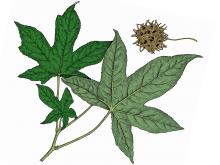
Species Types
Scientific Name
Liquidambar styraciflua
Description
The star-shaped leaves of sweet gum become even more striking in the autumn, when they turn various shades of gold, red, pink, and purple, often on the same tree — sometimes even on the same leaf!
Media

Species Types
Scientific Name
Alnus serrulata
Description
Common alder is a good plant to know. The dried female catkins look like tiny pinecones.
Media
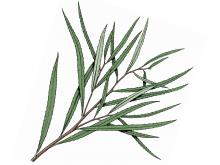
Species Types
Scientific Name
Salix interior (formerly S. exigua)
Description
Identify sandbar willow by its very narrow leaves with widely spaced, slender teeth along the margins. This is a good soil binder and bank stabilizer; it prevents washing and erosion of alluvial soil.
Media
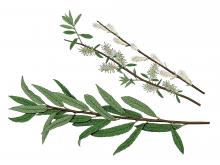
Species Types
Scientific Name
Salix petiolaris
Description
A clumped shrub that grows naturally only in the northeastern part of Missouri, meadow willow lives in low, wet ground in mud or sandy gravel along streams and in wet meadows. Rare in our state, it is perhaps best identified by examining the leaves.
Media
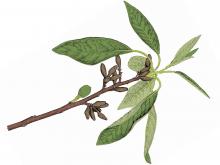
Species Types
Scientific Name
Leitneria floridana
Description
Corkwood is a rare and unusual small tree that doesn’t have a problem with having its feet wet for long periods of time, but it grows rarer as its swampy habitat is converted to cropland.
Media
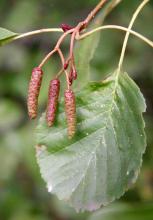
Species Types
Scientific Name
Alnus glutinosa
Description
Native to Europe and Asia, European, or black alder is planted widely as an ornamental. In some parts of the United States and elsewhere in the world, this species becomes weedy, even invasive. In Missouri, you are most likely to encounter it in landscaped areas, and not in the wild.
See Also
About Trees, Shrubs and Woody Vines in Missouri
There are no sharp dividing lines between trees, shrubs, and woody vines, or even between woody and nonwoody plants. “Wood” is a type of tissue made of cellulose and lignin that many plants develop as they mature — whether they are “woody” or not. Trees are woody plants over 13 feet tall with a single trunk. Shrubs are less than 13 feet tall, with multiple stems. Vines require support or else sprawl over the ground.





















